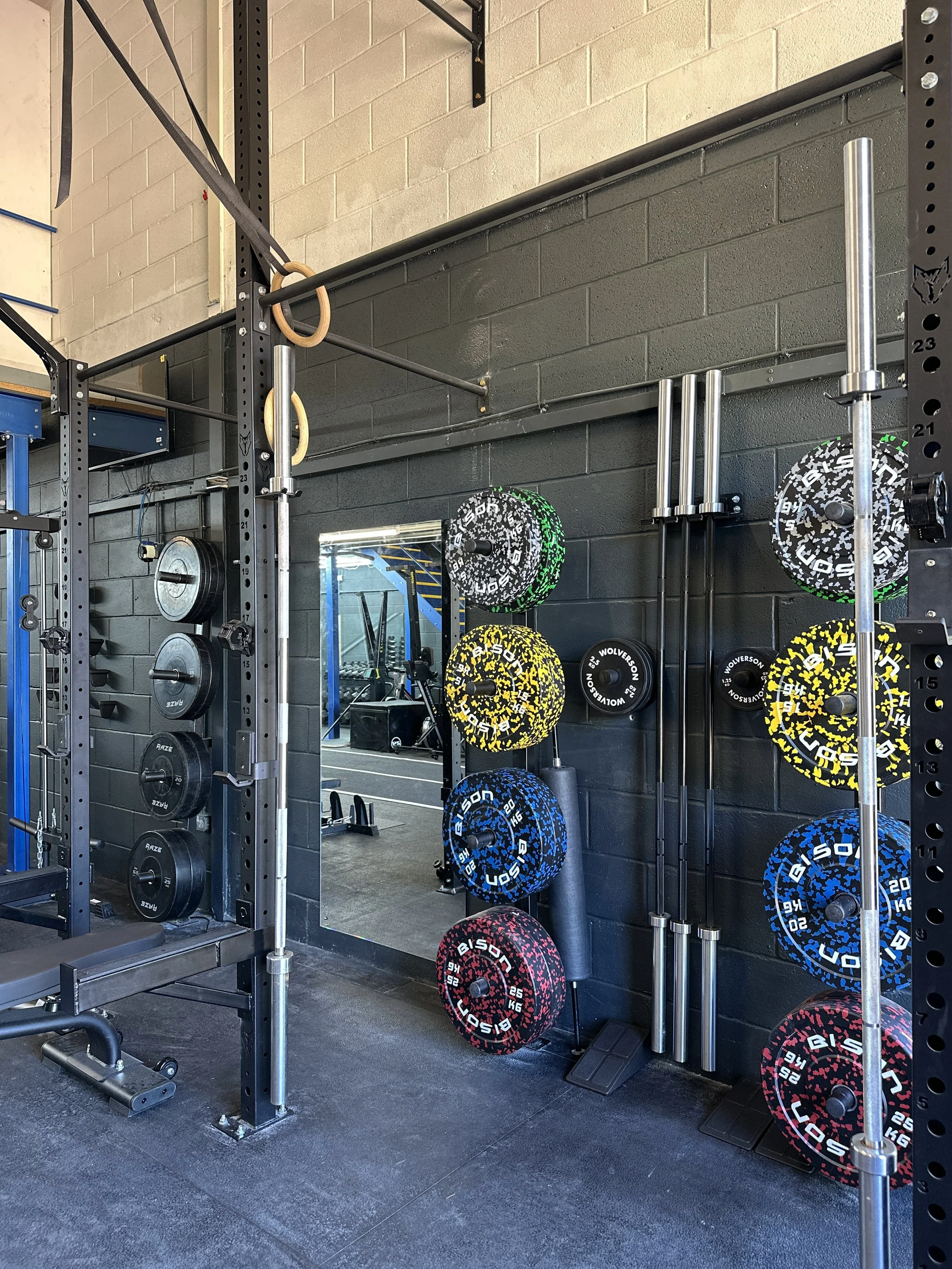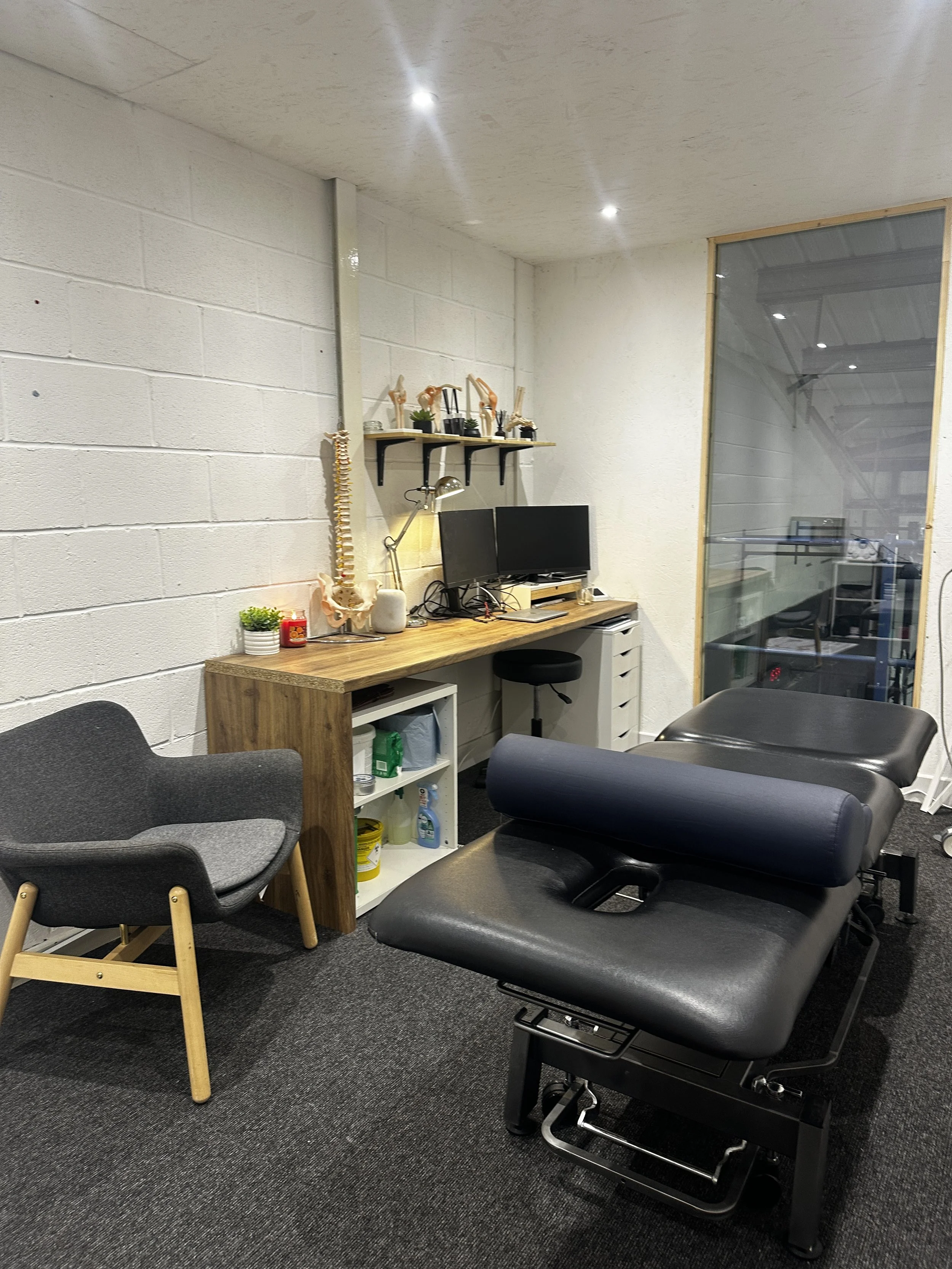
X8 HEALTH | FITNESS | PERFORMANCE.
Redefining Recovery. Unlocking Performance
X8 Fitness.
X8Fitness stands as Exmouth’s premier independent gym and dedicated Hyrox training hub.
Open 7 days a week, we offer a fully equipped, high-end training environment designed for everyone — from first-timers to elite athletes. Whether you're chasing personal bests, rebuilding after injury, or pushing for the podium, our bespoke approach includes expert coaching, tailored personal training, rehabilitation therapy, and dynamic group classes. At X8Fitness, you’re not just another member — you’re part of a tight-knit, supportive community driven to help you become fitter, faster, and stronger. So whether you’re a weekend warrior, seasoned athlete, or Hyrox hopeful — this is where you don’t just train, you belong.
X8 Health
At X8Health, we specialise in restoring movement, relieving pain, and rebuilding performance through expert, hands-on care.
Our multidisciplinary team offers tailored treatments including osteopathy, physiotherapy, and exercise rehabilitation — all under one roof. Backed by cutting-edge technology such as shockwave therapy, acupuncture, and electro muscle stimulation (EMS), we go beyond standard treatment to deliver lasting results. Whether you’re recovering from injury, managing chronic pain, or optimising your physical potential, X8Health provides high-level care in a modern, professional setting designed for your complete recovery.
What people say about X8HEALTH.








